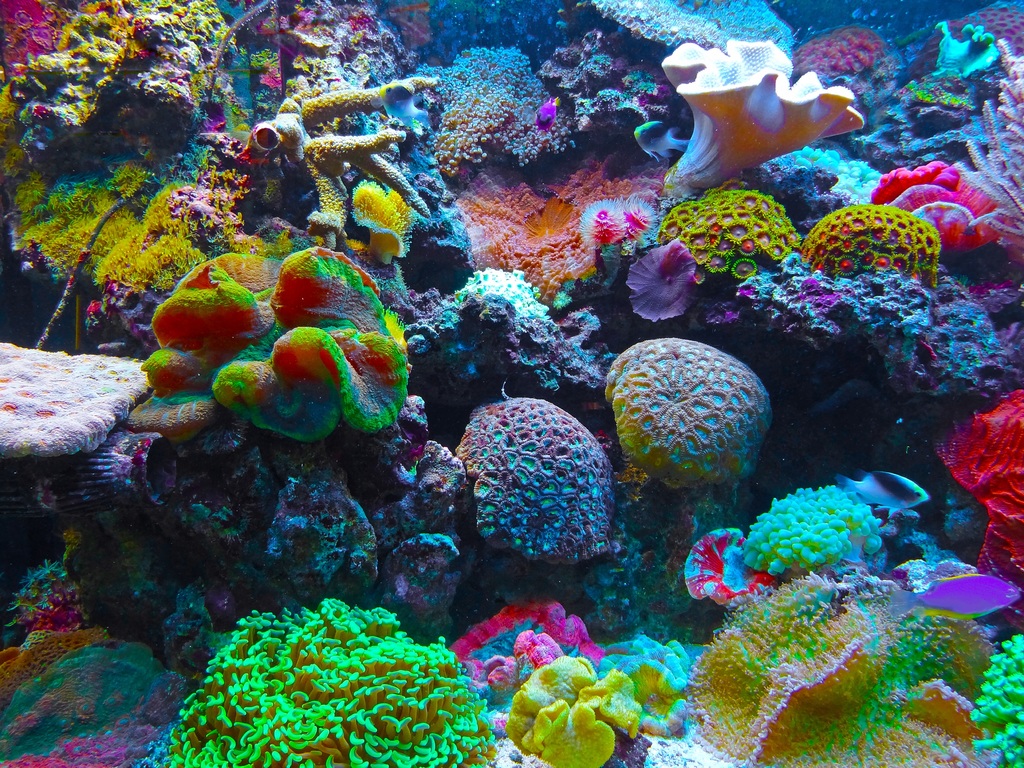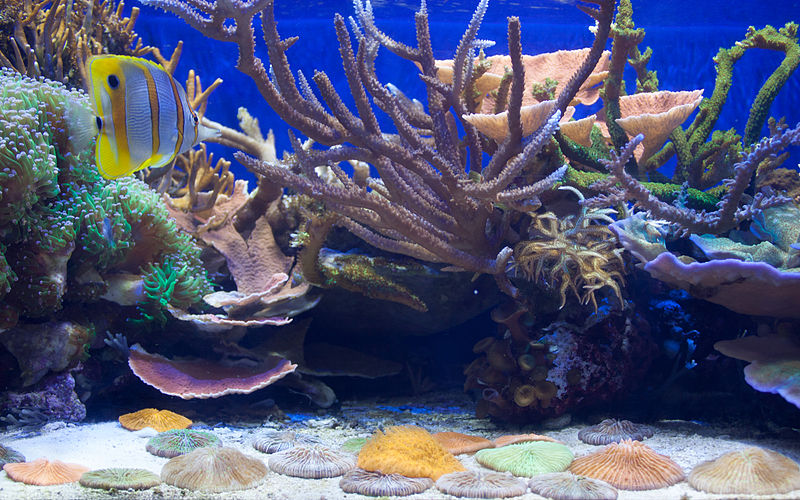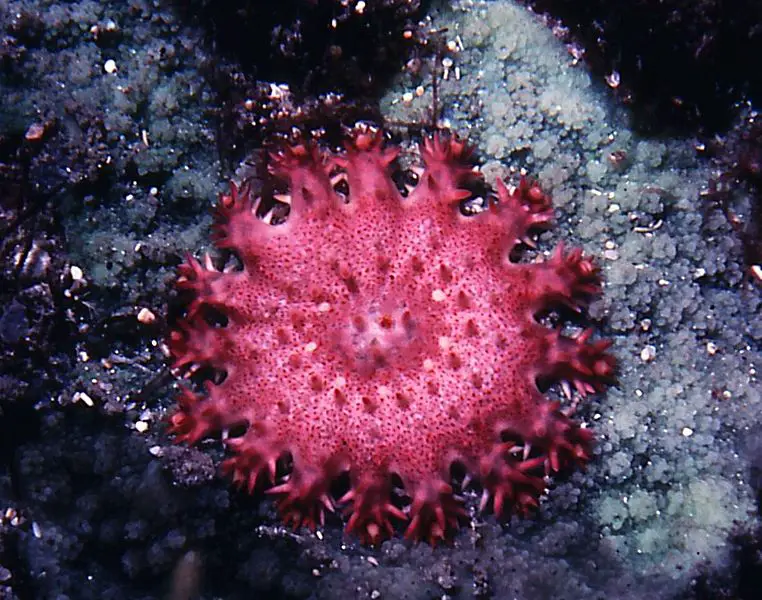There are a variety of different habitats that make up the earth’s marine life, and at some point, you may be wondering what distinguishes them? Specifically, what are the similarities between coral reefs and coastal ecosystems?
While coral reefs are a unique kind of coastal ecosystem, “coastal ecosystem” is a broader term describing a habitat found at the border between ocean and land. They both can contain a variety of different plant and animal species.
Continue reading to learn more about the characteristics that coastal ecosystems and coral reefs have in common. We’ll discuss the current human threats to both and the ways that reefs compare to tropical rainforests. And we’ll conclude by sharing some information regarding the main four categories of coastal ecosystems.
What Human Activities Are Threatening Both Coral Reefs And Coastal Ecosystems?
Coral reefs are a kind of coastal ecosystem, made up of reef-building colonies, singular organisms, and a variety of species of coral. They exist both in deep, cold ocean waters, and tropical warm ocean waters.
But coastal ecosystems in general make up a broader set of ecosystems at ocean-land borders with equally diverse sets of lifeforms.
Human activities pose serious threats to the longevity and health of both coral reefs and coastal ecosystems. We’ll explore some of these threats below.
Threats to Coral Reefs
Human threats to coral reefs can lead to coral bleaching and eventually death, but sometimes, our human impact extends to the entire ecosystem of creatures that live in reefs. Some of the most serious threats include:
- Sedimentation
- Pollution
- Climate change (increased ocean temperatures and ocean acidification)
- Unsustainable fishing practices
Sedimentation is when external (primarily human-made) substances and waste get deposited on reefs. This smothers the coral and can originate from urban storm runoff, agricultural practices, and coastal development practices. It particularly creates problems when pathogens like parasites and bacteria flow into the ecosystem.
Pollution is pretty self-explanatory, but when it affects coral reefs, it can include anything from microplastic waste, fishing gear, chemical runoff substances, metal runoff substances, and so many more.
Climate change has severe and complex effects on coral reefs, including increased ocean acidity, rising sea levels, and rising sea temperatures. Ocean acidification is particularly harmful since it messes with the delicate pH balance that coral reefs need to continue growing and survive.
Unsustainable fishing practices are a huge threat to these ecosystems, too, since they interact more directly with marine life. The fishing industry leaves behind tons of sedimentation and other pollution (mainly plastic), which alters 55% of the world’s coral reefs.
Threats to Other Coastal Ecosystems
Similar human practices – like overfishing, agriculture, coastal development, urban development, and climate change – negatively affect the other kinds of coastal ecosystems. These ecosystems include salt marshes, oyster reefs, mangrove forests, and seagrass meadows.
In particular, the rising sea levels that result from climate change threaten coastal wetlands by eroding their soils until they have nowhere to go.
What Ecosystem Are Coral Reefs Compared?
While coral reefs are incredibly diverse and unique ecosystems with strict parameters, they are often compared to tropical rainforests. Tropical rainforests are a kind of terrestrial ecosystem only found between 28 degrees north and south of the equator.
Although these wet forests don’t border the ocean, they have a lot in common with coral reefs in terms of their diversity and other factors.
How And Why Are Coral Reefs Similar To Tropical Rainforests?
Some key similarities between tropical rainforests and coral reefs include the following:
- Significantly threatened by human activity and industries
- Fragile ecosystems with strict parameters for survival
- Immense diversity of species
- Co-evolved associations between species
- Physical complexity
- Ecological processes that govern local diversity
One of the primary reasons that coral reefs are so similar to tropical rainforests is that they have similar evolutionary and ecological processes controlling them. While not all coral reefs reside in warm water, many of them do, which mirrors the temperature environment of tropical rainforests.
Furthermore, because they are both such fragile ecosystems, they both end up being incredibly threatened by human activities that lead to pollution, sedimentation, industry waste, and more.
What Are Four Types Of Coastal Ecosystems?
There are several other kinds of coastal ecosystems besides coral reefs, including oyster reefs, salt marshes, mangrove forests, and seagrass meadows.
Oyster Reefs
Oyster reefs are ecosystems in which oysters cluster and grow together in large masses. They attach to old oyster shells, piers, marine rocks, and other hard surfaces below the water in brackish coastal waters.
Oyster reefs create diverse living conditions, accommodating species of fish including herring, flounder, speckled trout, silver perch, striped bass, and others. They also accommodate other marine life such as shrimp, crabs, and anchovies.
Salt Marshes
Salt marshes are a kind of coastal wetland that gets filled and drained by the tides. Contrary to reefs, these ecosystems aren’t totally submerged and often exist in areas of decomposing plant matter and salty soil with very little oxygen.
These ecosystems are crucial to sustaining crustacean species, and they also trap carbon to protect the environment from climate change.
Mangrove Forests
Mangrove forests are similar to coral reefs in that they’re pretty diverse, with more than 80 species of mangrove trees in existence. They also resemble salt marshes in that these wetland forests undergo tide flooding and drainage, as well as low-oxygen soil levels.
Mangrove trees grow partly above and partly below the water in this ecosystem type, protecting fish from predators and stabilizing the coastline.
Seagrass Meadows
Seagrass meadows are sometimes referred to as “secret underwater gardens”, housing saltwater grasses known as seagrass. These ecosystems harbor diverse marine life such as sea cows, sea turtles, sea horses, fish, and many more. They also act partially as carbon sinks to protect the earth from climate change.
Final Thoughts
When wondering what are the similarities between coral reefs and coastal ecosystems?, it’s important to keep in mind that coral reefs are one of several kinds of coastal ecosystems.
They’re fragile ecosystems that house diverse species of creatures (similar to tropical rainforests), and they are threatened by many human activities that create pollution, ocean acidification, and other effects.



